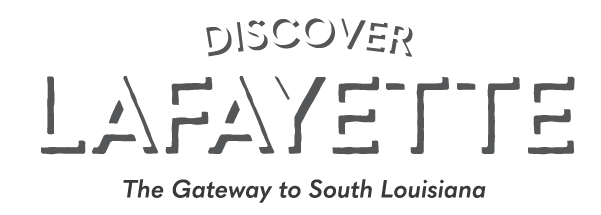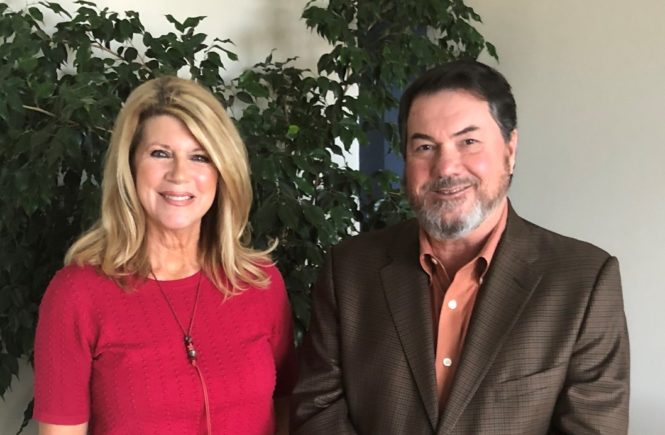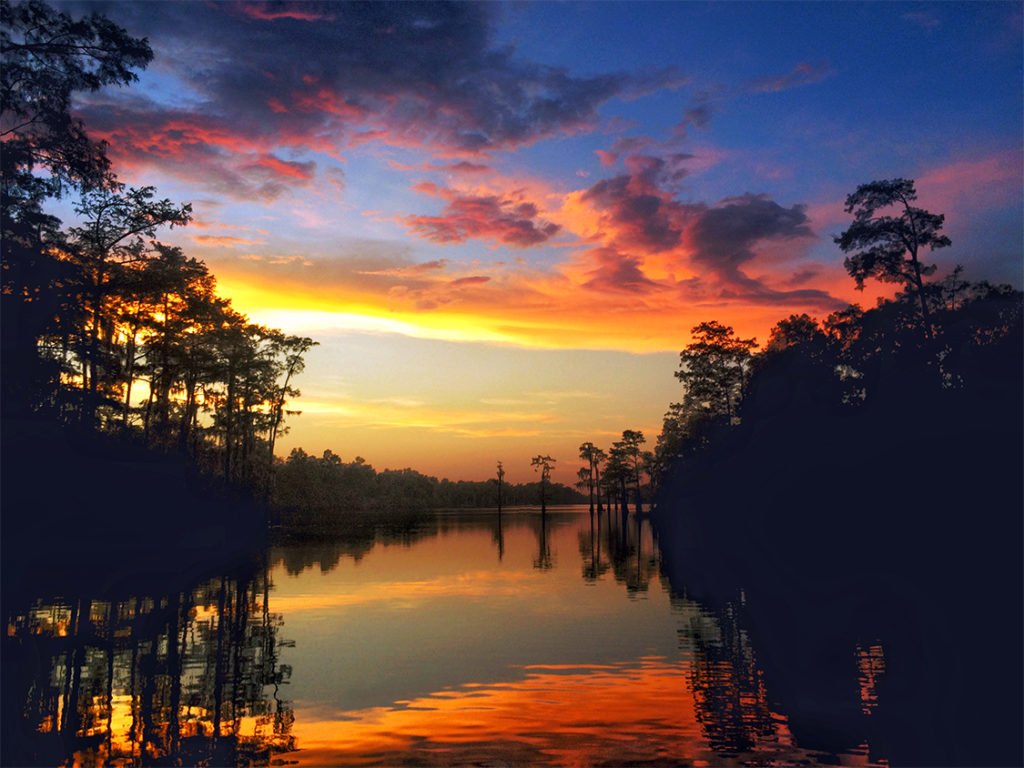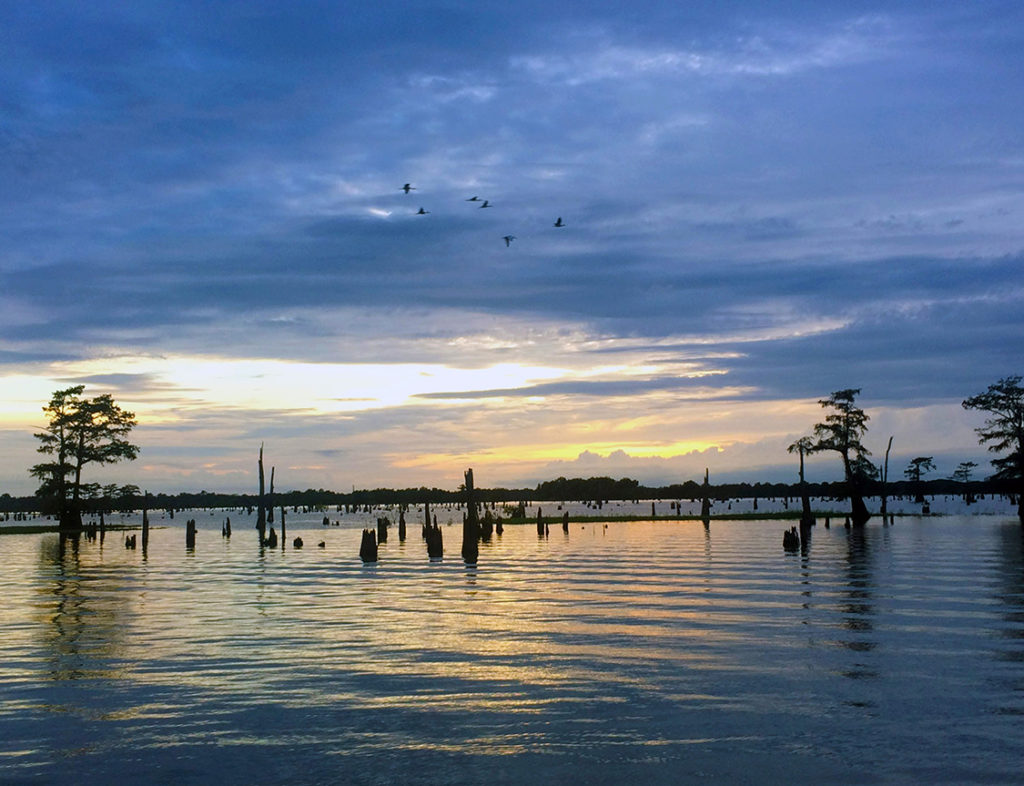Podcast: Play in new window | Download (Duration: 31:22 — 43.1MB)
Jimmy Domengeaux is well-known as a successful Lafayette attorney and member of the iconic Domengeaux family which has served our community well. Jimmy is a graduate of LSU Law School and has practiced law for 33 years at the Domengeaux, Wright, Roy & Edwards law firm. He cherishes his French roots grounded in South Louisiana and shares his story with Jan Swift of Discover Lafayette.
When asked to define what makes Acadiana so special, Jimmy recalled a classic Cajun song that sums up the culture: “Travailler c’est trop dur,” which translates to “Working is too Hard.” The cultural ethic defined in this song captures the hard work endured by the Acadian people, their family values, and the determined adherence to their French heritage.
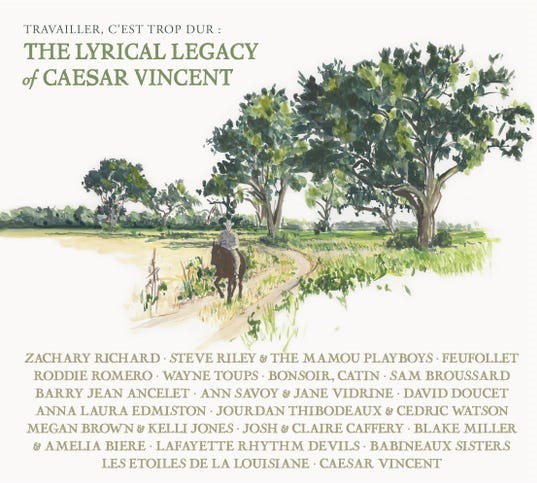
Travailler c’est trop dur (Working is too hard)
Working is too hard,
And stealing is not pretty,
Asking for charity
Is something that I cannot do.
Each day that I live,
They ask me, on what do you survive,
I say I live on love,
And I hope to live old.
I take my fiddle,
And I grad the bow,
I play my old waltz
To make my friends dance.
You know, dear friends,
That life is too short
To live in sorrow,
Let us dance tonight.
I get my old horse
And I grab my old saddle.
And I saddle my old horse
To go and get my darling.
You know, dear,
It’s far from one to the other
But from San Antonio to Beaumont,
I was looking just for you.
Zachary Richard, Les Editions du Marais Bouleur
While at LSU Law School, Jimmy wrote a Louisiana Law Review article in 1986 entitled, “Native Born Acadians and the Equality Ideal”, under the direction of Constitutional Law Professor Paul Baier. The article was based upon a 1980 federal lawsuit heard by U. S. District Judge Edwin Hunter in Lake Charles which decided whether or not French-speaking people, known as “Cajuns” and derogatory derivatives of that name, were protected as a class against employment discrimination under the Civil Rights Act. It became settled law that Acadian descendants were a “protected class” under federal law, and as Judge Hunter said, “You don’t have to come from a country, it’s your place of origin that decides whether or not you are protected.”
Jimmy’s uncle, also named Jimmy Domengeaux, was the founder of the Domengeaux Wright law firm, as well as the Council for the Development of French in Louisiana (“CODIFIL”) which has worked diligently for the past 50 years to preserve the French language in Louisiana as well as to garner pride and respect for all people who descended from the Acadians deported from Acadie in Nova Scotia in 1755. CODIFIL was established during the time John McKeithen served as governor, and he well understood the mission of CODIFIL, as did local Acadiana icon Senator Sonny Mouton who shepherded the legislation through the Legislature.
Jimmy’s father, Jerome Domengeaux, another South Louisiana icon, served as Chief Judge of the Louisiana Third Circuit Court of Appeals and was renowned for his legal acumen. Jimmy’s Louisiana roots run deep and his family has always enjoyed the outdoor pursuits offered freely in Louisiana’s “Sportsman’s Paradise.”
Now, back to our guest! Jimmy Domengeaux grew up enjoying opportunities to fish and hunt in the Atchafalaya Basin and marshes of South Louisiana. He always” felt a great connection with the serenity of the Atchafalaya Swamp” and particularly loved bass fishing and competing in fishing tournaments. While he always enjoyed being outdoors and viewing sunrises and sunsets, as Jimmy matured, he felt an obligation to capture the beautiful scenery he had always taken for granted. He picked up a camera, whatever it was, a Canon EOS or the camera on his iPhone. He’s never taken a photography class or sought out professional training.
Jimmy’s legal work through the years has taught him about water issues in the swamp, how oilfield developments have changed the natural flow of the bayous and have choked off the vibrancy of the swamps. The swamps, like the Acadian people, however, continue to survive and adapt. Jimmy hopes that more people will become aware of the need to preserve the Louisiana Wetlands so that future generations will be able to enjoy the natural beauty of the basins once today’s generation is long gone.
Familiarity and love of the outdoors, the sunrises and sunsets, have taught Jimmy over the years to feel peace while hunting and fishing, to laughingly recount that “Every time I see a sunset, I’m reminded that God really does love us, despite how couillion and canailles we really are!
Most people are unaware of the size of the Atchafalaya Basin, and as Jimmy says, “When people drive down I-10 and see the Atchalafaya Basin, they are only seeing a small aspect of the swamp. In fact, what you see of Henderson as you drive down I-10 is only a small area of the basin. Port Barry around Two O’Clock Bayou, Big Alabama, Henderson, Bayou Benoit to Stevensville past Morgan City actually defines the huge area of Atchafalaya, which is the largest river swamp in the world.” We are blessed to have Jimmy’s photography which displays the vista of the beautiful Atchalafaya.
Jimmy joined Jan Swift of Discover Lafayette to talk about what inspired him to document the lush scenery of the Louisiana Wetlands. You can view Jimmy’s stunning photography at jimmydomengeaux.com or even better, visit the Louisiana State Archives Building in Baton Rouge where his exhibit will be on display until December 27, 2019.

Jimmy Domengeaux was introduced to Herman Mhire by Barry Ancelet. Herman is responsible for managing Jimmy’s photographs and collaborates with Jimmy on the selection and processing of all images that appear on his website. He prints all of Jimmy’s photographs utilizing the latest professional imaging technology, makes certain all print orders are packed professionally and shipped in a timely manner, and oversees the promotion and marketing of Jimmy Domengeaux Photography.
